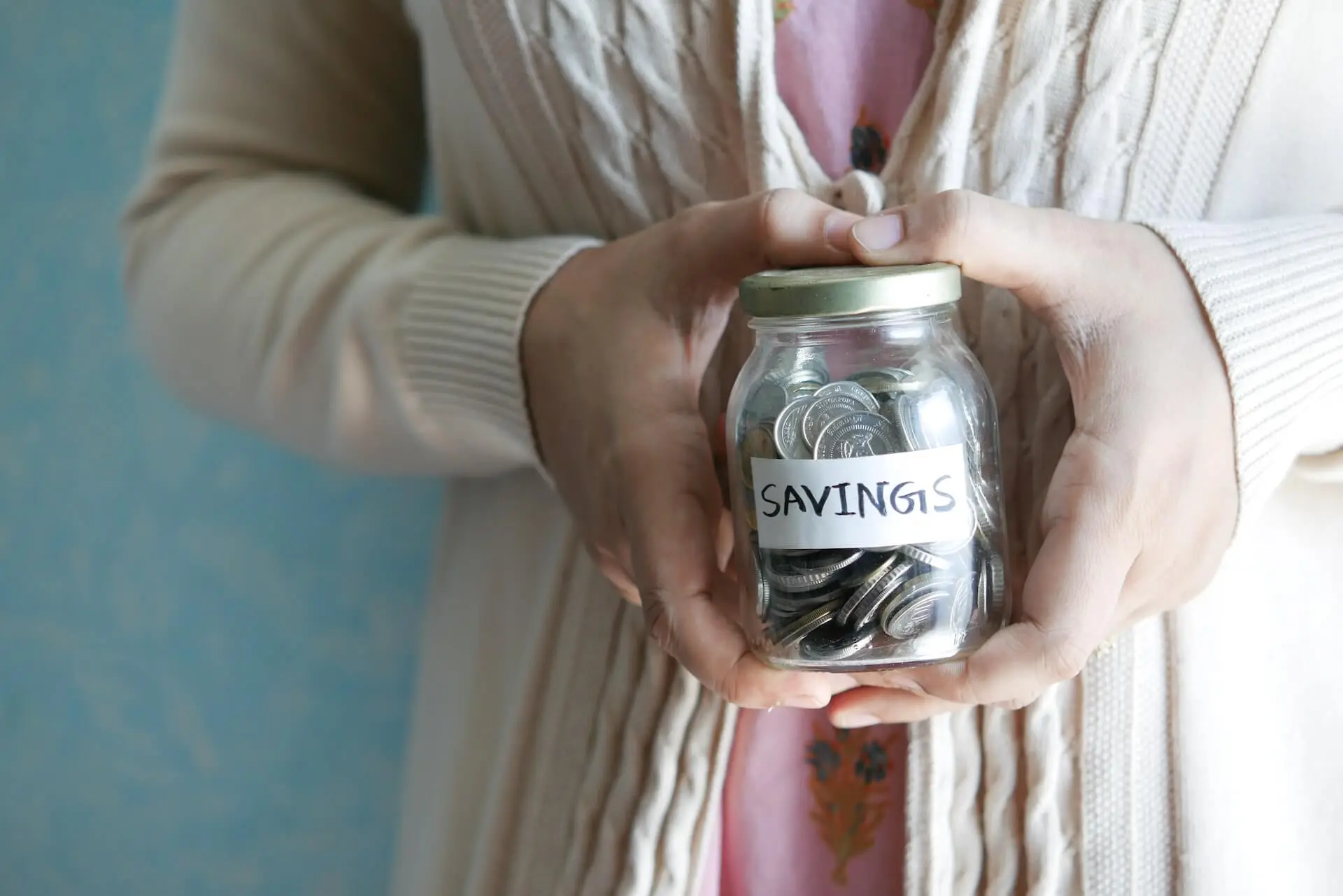Not everything in your home has to be brand new.
Some items are actually better when bought secondhand, while others can end up costing you more in repairs, replacements, or even health risks.
In a world where retail prices continue climbing and environmental consciousness grows stronger, the secondhand market has evolved from necessity shopping to strategic purchasing.
Buying used isn’t just budget-friendly. It’s often your ticket to higher-quality items, sustainable living, and sometimes even pieces that appreciate in value over time.
The key lies in knowing which household items improve with age and which ones pose risks that far outweigh any savings.
Here’s a breakdown of the top household items worth buying used and the ones you should skip entirely.
7 Household Items You Should Always Buy Used
1. Glassware: When Vintage Beats Brand New
The world of vintage glassware is where smart shoppers discover that older often means better. Those classic Pyrex mixing bowls and Anchor Hocking drinking glasses weren’t just built to last. They were crafted with a quality that puts modern equivalents to shame.
Why You Should Buy it Used: Vintage glassware often features thicker construction and superior heat resistance compared to contemporary pieces.
Glass is very easy to sanitize, making hygiene concerns virtually non-existent. Plus, many vintage patterns have become collectible, meaning your $2 thrift store find might actually appreciate in value.
Where to Look: Thrift stores remain goldmines for everyday glassware, while estate sales often yield complete matching sets. Facebook Marketplace and Etsy cater to those seeking specific vintage patterns or designer pieces.
Research Before You Buy: Inspect carefully for chips or cracks, which can compromise both safety and value. Some vintage Pyrex patterns have become highly collectible. A quick phone search can reveal whether you’ve stumbled onto a valuable find.
The Savings: New glassware sets typically run $20-50, while thrift stores often price individual pieces at $1-2. A complete vintage set that would cost $200+ new might be yours for $20-30 secondhand.
2. Cast Iron Cookware: The Gift That Keeps on Giving
Cast iron represents the ultimate buy-it-for-life kitchen investment, and ironically, the used versions often outperform their brand-new counterparts. These pieces were designed to last generations, and many have already proven their durability.
Why You Should Buy it Used: Older cast iron often features superior manufacturing quality and has already developed that coveted seasoning that new pieces take years to achieve. Even rusty pieces can be restored to better-than-new condition with minimal effort.
Where to Look: eBay and Facebook Marketplace offer the widest selection, while antique shops and garage sales can yield unexpected treasures. Don’t overlook pawn shops. They often have quality pieces at bargain prices.
Research Before You Buy: Surface rust is cosmetic and easily remedied, but avoid pieces with cracks or warping. Brands like Griswold, Wagner, and vintage Lodge command premium prices but offer unmatched quality.
The Savings: A new Lodge skillet costs $25-40, while a superior vintage Griswold might be $20-30 secondhand (compared to $100+ for collectible condition pieces sold new online).
3. Wood Furniture: When Craftsmanship Still Mattered
The furniture industry has undergone a dramatic shift toward particle board and engineered materials, making solid wood pieces increasingly rare and expensive.
The secondhand market, however, remains rich with furniture built during an era when craftsmanship and durability took precedence over cost-cutting.
Why You Should Buy it Used: Older furniture often features solid wood construction that’s infinitely more durable than modern particle board alternatives. Classic styles like mid-century modern and traditional farmhouse never go out of fashion, making these pieces timeless investments.
Where to Look: Facebook Marketplace and Craigslist offer the largest selection, while consignment shops provide curated, higher-quality options. Habitat for Humanity ReStores often stock solid pieces at a fraction of retail prices.
Research Before You Buy: Test all joints and drawers for stability, check for signs of pest damage, and assess whether any needed repairs are within your skill level. Remember that quality pieces can always be refinished if the style doesn’t match your decor.
The Savings: New solid wood dressers range from $300-700, while comparable used pieces often sell for $75-200, and frequently feature superior construction.
4. Tools: Built to Last from Bygone Eras
The tool industry exemplifies the “they don’t make them like they used to” principle. Vintage tools were often overbuilt for professional use and have already survived decades of service, proving their durability.
Why You Should Buy it Used: Older tools typically feature heavier construction and more robust mechanisms than their modern counterparts. Professional-grade tools often last decades longer than consumer versions, and the used market lets you access this quality at consumer prices.
Where to Look: Pawn shops specialize in tools and often have knowledgeable staff who can assess quality. Facebook Marketplace and Craigslist offer a wider selection, while estate sales sometimes yield complete tool collections.
Research Before You Buy: Test all moving parts, check for excessive rust or damage, and verify that power tools function safely. Research brand reputation—names like Stanley, Craftsman (vintage), and Delta retain their value for good reason.
The Savings: A quality power drill costs $100+ new, while professional-grade used models often sell for $25-40. Hand tools show even greater savings potential.
5. Bicycles: Where Depreciation Works in Your Favor
The bicycle market perfectly demonstrates how dramatic depreciation can benefit savvy buyers. Quality bikes lose substantial value the moment they leave the shop, despite retaining all their functionality and often having years of life remaining.
Why You Should Buy it Used: Bicycles depreciate rapidly but maintain their utility for decades with proper maintenance. The robust used market means you can often find barely-used models at substantial discounts.
Where to Look: Craigslist and Facebook Marketplace dominate the used bike market, while specialty bike co-ops offer restored models with some warranty protection. College towns often have an excellent selection due to student turnover.
Research Before You Buy: Check frame alignment (stand behind the bike and sight down the frame), assess tire condition, and test brakes thoroughly. Minor tune-ups are normal, but major repairs can quickly exceed your savings.
The Savings: Decent new bikes start at $400+, while quality used models often sell for $100-200. Higher-end bikes show even more dramatic depreciation.
6. Books: Identical Content, Fraction of the Price
Books represent perhaps the most straightforward used purchase decision. The content remains identical regardless of previous ownership, while savings can be substantial.
Why You Should Buy it Used: Books are durable goods that retain full functionality after multiple readers. The used market offers access to out-of-print titles and expensive editions at accessible prices.
Where to Look: Thrift stores offer the lowest prices, while Half Price Books provides an organized selection with some quality guarantee. Library sales and eBay serve specialized needs, and local used bookstores often have knowledgeable staff.
Research Before You Buy: Check for missing pages or excessive highlighting in textbooks. Some first editions or signed copies may be worth more than typical used prices. A quick search can reveal unexpected value.
The Savings: New hardcovers cost $25-35, while used copies typically sell for $3-7. Academic and specialty books show even greater savings potential.
7. Picture Frames & Artwork: Character You Can’t Buy New
The framing industry charges premium prices for what are essentially basic materials, while the used market offers unique options with character that mass-produced frames can’t match.
Why You Should Buy it Used: Custom framing costs are notoriously high, making quality used frames exceptional values. Vintage frames often feature superior construction and unique designs unavailable in modern retail.
Where to Look: Thrift stores and flea markets offer the best treasure-hunting opportunities, while Etsy provides access to curated vintage selections. Estate sales sometimes yield collections of matching frames.
Research Before You Buy: Inspect glass for cracks, check backing materials for damage, and assess whether frame dimensions suit your needs. Quality wood frames can always be refinished if needed.
The Savings: Large new frames can cost $40-60, while comparable thrift finds typically run $5-10. Custom framing savings can be even more dramatic.
5 Household Items You Should Not Buy Used
1. Mattresses & Bedding: When Cleanliness Trumps Savings
The bedroom represents your most intimate living space, making hygiene concerns paramount. Mattresses and bedding present contamination risks that no amount of savings can justify.
Why to Avoid: Bed bugs, dust mites, and other pests can infest mattresses and prove nearly impossible to eliminate completely. Even seemingly clean mattresses may harbor allergens or odors that affect sleep quality and health.
Better Alternative: Invest in new mattresses from reputable retailers offering warranties and return policies. Many online brands offer quality options at competitive prices.
Cost Reality Check: While used mattresses might cost $50-100, treating bed bug infestations can cost thousands, and poor sleep quality affects every aspect of your life.
2. Upholstered Furniture: Hidden Hazards Lurk Within
Couches, recliners, and other upholstered pieces can harbor the same pests as mattresses while being equally difficult to thoroughly clean or inspect.
Why to Avoid: Fabric and padding provide ideal hiding places for bed bugs, fleas, and other pests. Deep cleaning upholstered furniture requires professional equipment and expertise that most buyers lack.
The Exception: Professionally reupholstered pieces can be safe, as the process typically involves replacing all fabric and padding. However, verify that the work was done by reputable professionals.
3. Helmets: When Safety Cannot Be Compromised
Protective equipment represents the one category where buying used can literally be life-threatening. Helmets are designed for single-impact protection, and their safety mechanisms may be compromised even when damage isn’t visible.
Why to Avoid: Protective foam degrades after any significant impact, and previous impacts may not be apparent to casual inspection. Age alone can compromise helmet integrity through material degradation.
Safety First: Bike, motorcycle, and sports helmets should always be purchased new from reputable manufacturers with current safety certifications.
4. Small Appliances with Heating Elements: Fire Hazards Hiding in Plain Sight
Toasters, space heaters, and similar appliances with heating elements pose unique risks when purchased used, as their safety mechanisms may have degraded over time.
Why to Avoid: Electrical components and heating elements deteriorate with use, creating fire risks that aren’t always apparent during casual testing. Many used small appliances are sold because they’ve begun malfunctioning.
Better Investment: New small appliances often come with warranties and current safety certifications, providing peace of mind worth the additional cost.
5. Baby Gear: Where Safety Standards Evolve Rapidly
Children’s safety equipment requires adherence to current standards that evolve regularly.
Used baby gear may not meet current safety requirements or may have been subject to recalls.
Why to Avoid: Car seats have expiration dates and may have been in accidents that compromised their integrity. Cribs and other baby furniture may not meet updated safety standards implemented after their manufacture.
Child Safety Priority: When it comes to children’s safety equipment, the relatively small savings from buying used aren’t worth the potential risks.
Transform Your Finances With These 30 Game-Changing Money Hacks
Making Smart Secondhand Decisions
Buying used represents a smart, sustainable approach to furnishing your home and stocking your life, but only when you know which items offer genuine value and which ones could cost you more in the long run.
The categories worth buying used share common characteristics – they’re durable goods that:
- improve or maintain their functionality over time
- can be properly cleaned and sanitized
- don’t pose safety risks when purchased secondhand
Meanwhile, items to avoid used typically involve hygiene concerns, safety equipment, or products with limited lifespans that may be nearing replacement time.
The financial benefits of strategic used shopping extend beyond simple purchase price savings. Quality vintage items often last longer than their modern counterparts, meaning lower replacement costs over time.
Additionally, many classic pieces hold or even increase their value, making them investments rather than mere purchases.
Environmental consciousness adds another layer of value to thoughtful secondhand shopping. Every used purchase prevents a new item from being manufactured and keeps a functional product out of landfills. In our increasingly environmentally aware world, these considerations carry weight beyond mere dollars and cents.
As you navigate the secondhand market, remember that patience and knowledge are your greatest assets. The best finds often require time and persistence, while understanding quality markers and fair prices ensures you get genuine value rather than just cheap prices.



















